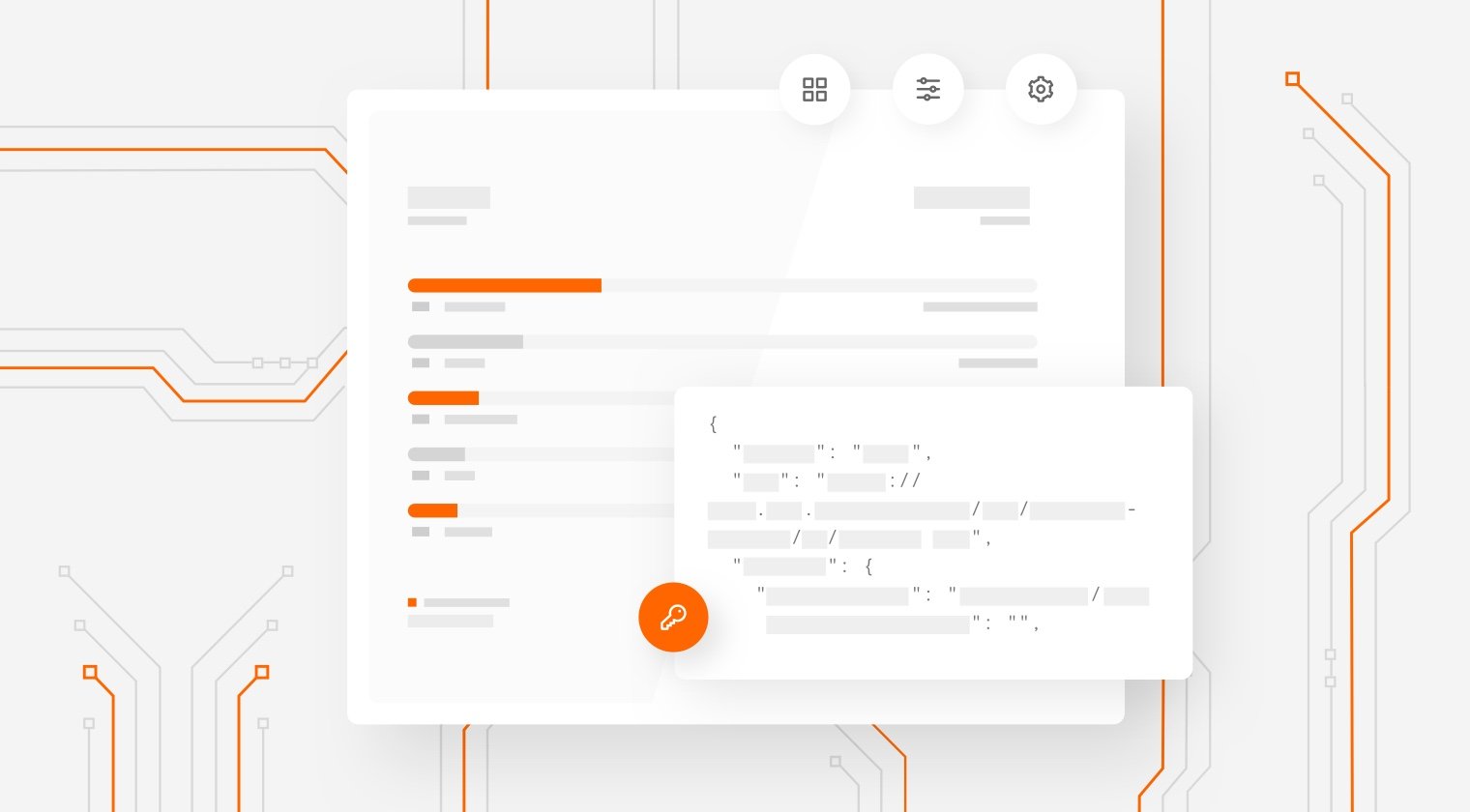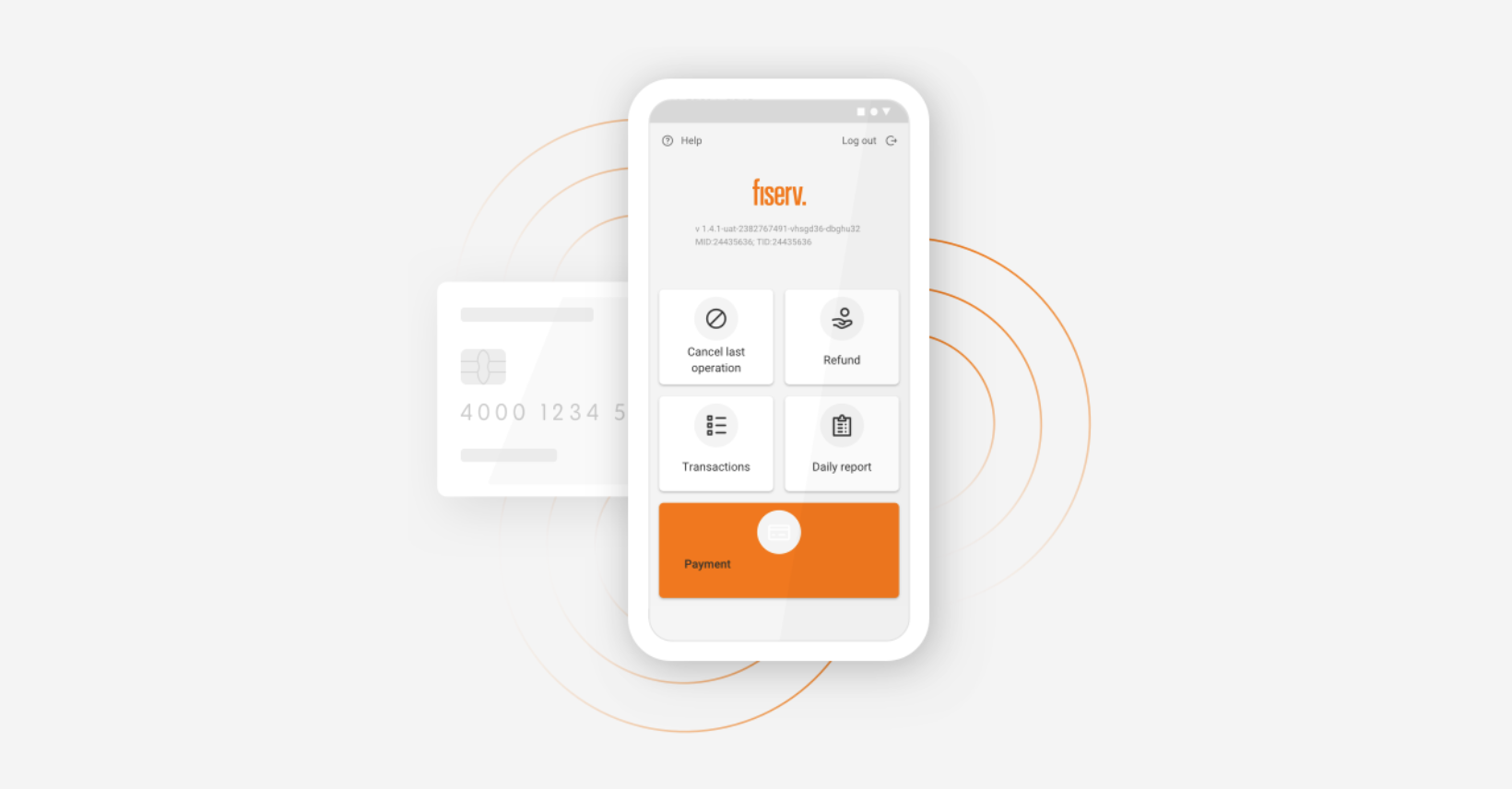Unlocking the story behind the data
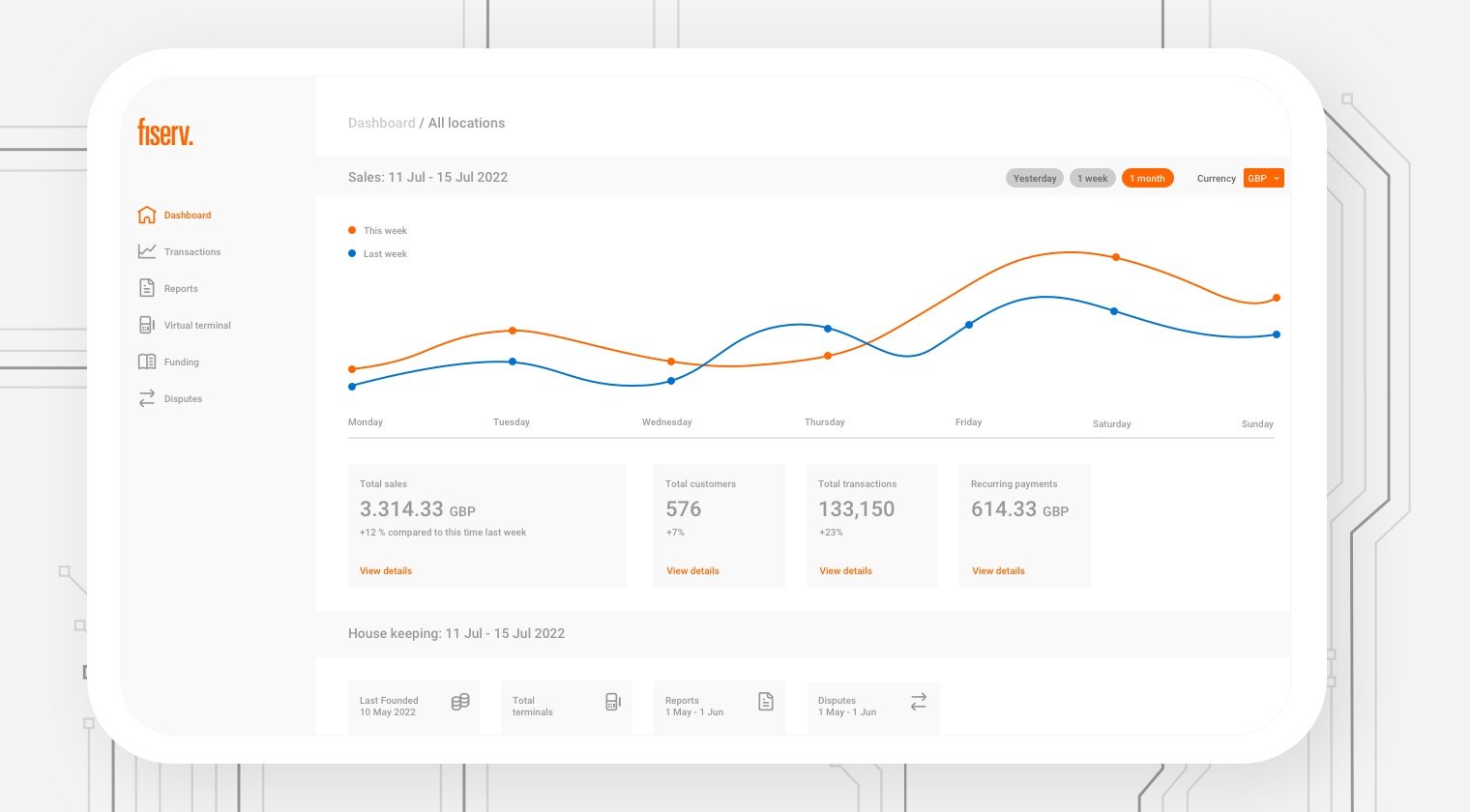
Fiserv’s new Transactional Data API allows you to access a record of all your processed payments, across your entire payment infrastructure. You can analyse this data, gain insights into customer interactions, and then begin to improve their payment journey.
In a previous blog article, we spoke about the switch to a cashless society and how consumers are increasingly happy, and prefer, to use digital payment systems for everyday purchases. A recent global study confirms that a happy customer is a customer who comes back for repeat business and in a bid to make customers happy, technology is often used to improve the experience. When technology is at the centre of the customer journey, the data we collect along the way can tell the story of how people interact with our product or service.
The amount of data being generated and stored is certainly growing and it’s what retail businesses do with this data that decides whether the customer leaves happy.
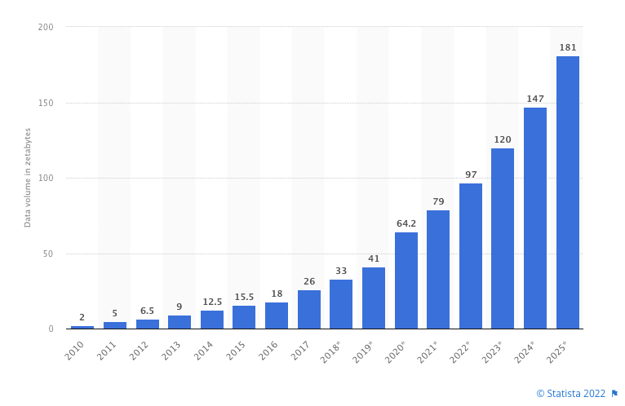
Volume of data/information created, captured, copied, and consumed worldwide from 2010 to 2025 statista.com
Here at Fiserv, we are passionate about developing technologies that put consumer-centric data at the heart of business decisions and we want you, the merchant, to capitalise on the wealth of payment lifecycle data. This data can allow you to predict sales patterns, anticipate low and peak trading periods, correlate time-sensitive events, or even shine a light on hidden problems.
With the Transactional Data API, you have all the data required to make insightful improvements to the customer's experience at its most crucial stage; the point of interaction.
How it works
Our Transactional Data API is a set of endpoints that allow you to retrieve historical records for:
- Authorisations - the initial request for payment by a consumer attempting to purchase something from a merchant. Useful if you want to get an idea of all payment interactions, and understand why some might have been declined.
- Transactions - authorisations that have been approved and subsequently cleared, indicating the transfer of funds should proceed. Useful if you want to see volume of successful payments and understand future cash flow.
- Fundings - the actual transfer of funds, minus any fees or charges, into the merchant's bank account. Useful if you, as a merchant, want to see exactly how much money you're being paid as well as how much you're paying in fees.
Across these three endpoints, you can trace a specific payment from start to finish or analyse all your payment data over a particular period of time. You can feed it into a data analytics or visualisation tool, run queries, and watch the data come to life.
Scenario: the store that lost its zing
At a popular electronics chain, sales declined in the last quarter at its flagship store on one of the busiest shopping streets in Europe. This omni-channel business is very successful overall, but lately the flagship store just doesn’t have that happy vibe it used to. The store manager is keen to find out why. After initial discussions with staff, it appears that 3 main issues are at play:
- Issue #1: A number of new 'express' self-service cash desks are not working as well as planned, and they are not alleviating the pressure on the staffed tills at peak times.
- Issue #2: With long queues at peak times, customers are frequently abandoning their would-be purchases on shelves near the tills and leaving the store.
- Issue #3: Staff are not participating as expected in the attractive sales incentive scheme.
The store manager, Molly, knows that transactional data querying functionality has recently been added to the chain’s merchant portal. She checks the authorisation data schema for an idea of what kind of data she could run a query on.
An initial query reveals an overall spike in payment authorisations being declined over the previous month, and upon examining the data, it appears the spike is occurring on the payment terminals linked to the new self-service cash desks. Molly runs a few more queries on the data, primarily using the issuer response codes as reference, to try and determine what’s happening to cause authorisations to fail. This reveals that authorisations are typically failing at self-service tills with response code 51, indicating insufficient funds.
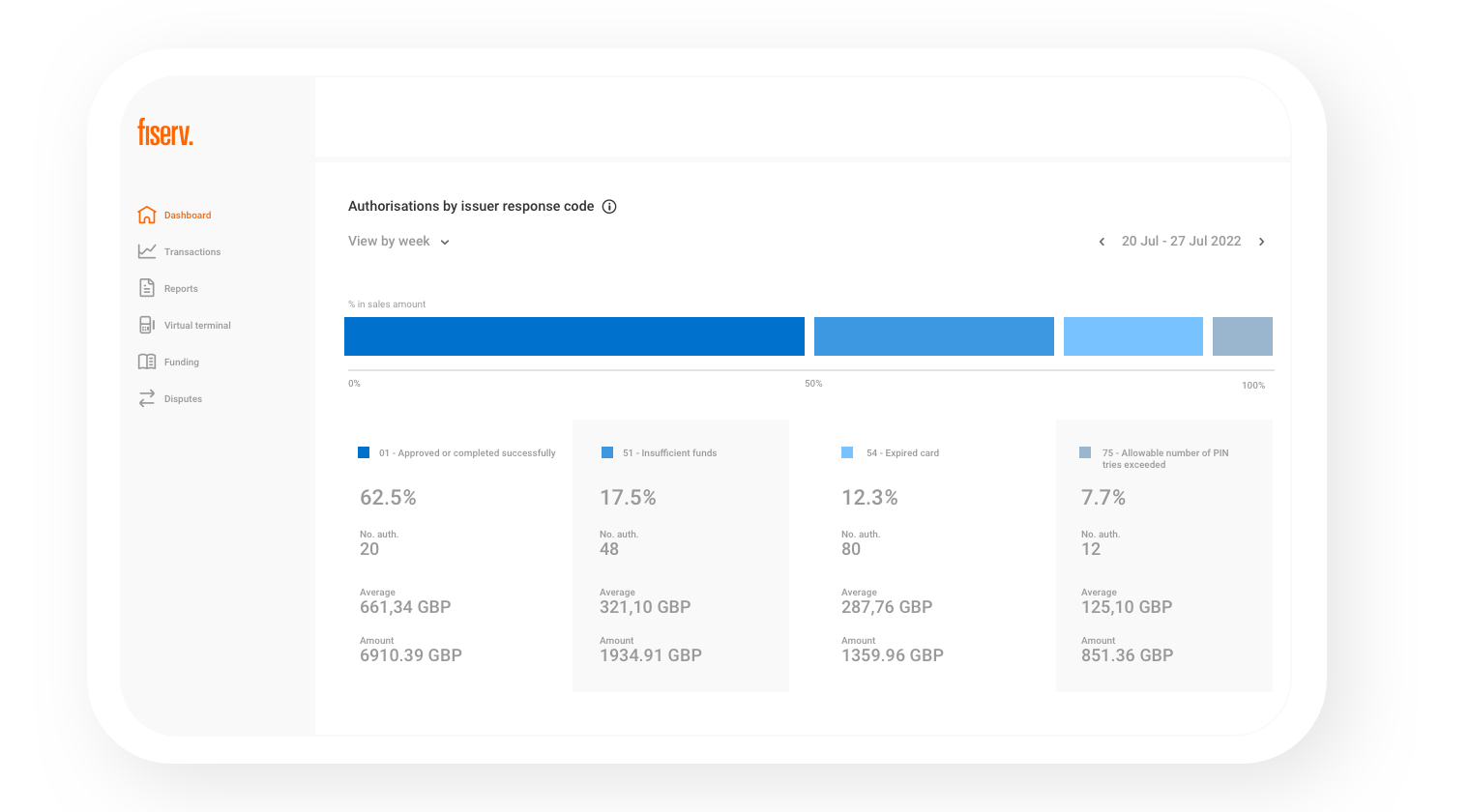
When asked, customers report that the customised user interface on the self-service terminals isn't making the final total clear enough, so they are more frequently using cards that don’t have sufficient funds. As a result, not only is their process at the self-service slow, but they end up joining the queues at the standard tills.
After reviewing this data and making her analysis, Molly suggests that the UI panels are enhanced to show the total amount highlighted, in bold, and in slightly larger font. A few weeks pass, and it seems the improvements have worked. There's been a dramatic reduction in authorisations failing at the self-service terminals; that’s Issue #1 resolved, and soon after Issue #2 resolves itself.
Issue #3 was a result of staff not having enough time to generate their own sales reports required to fully embrace the incentive programme. As it happens, reports are quite easy to produce based on the data provided by the Transactional Data API. The report generation process is automated to run every month and determines the top-ranking sales staff based on staff ID across all in-store terminals.
With both customers and staff happier, a rather smug manager restores the store’s zing with the help of the Transactional Data API.
Read the data, tell the story
So, whether you want to trace the journey of a single payment from authorisation through clearance to settlement and funding, or whether you want to analyse all sales via a particular point-of-sale in a particular month, the Transactional Data API can help you do that. Performing analysis or visualisations on this data will help you find the added value, and allow you to unlock the stories behind the customer experience.
At Fiserv, we’re excited to release the Transactional Data API and we see it as a source of conversation between people, processes, and outcomes. Ultimately, it will allow merchants to see data in new ways so that, together, we can make customers happy.
To find out more about the Transactional Data API, see:
If you like, you can even try this out now by grabbing your sandbox API key via the developer portal and making some requests using the 'Try It!' feature in our API reference pages.
